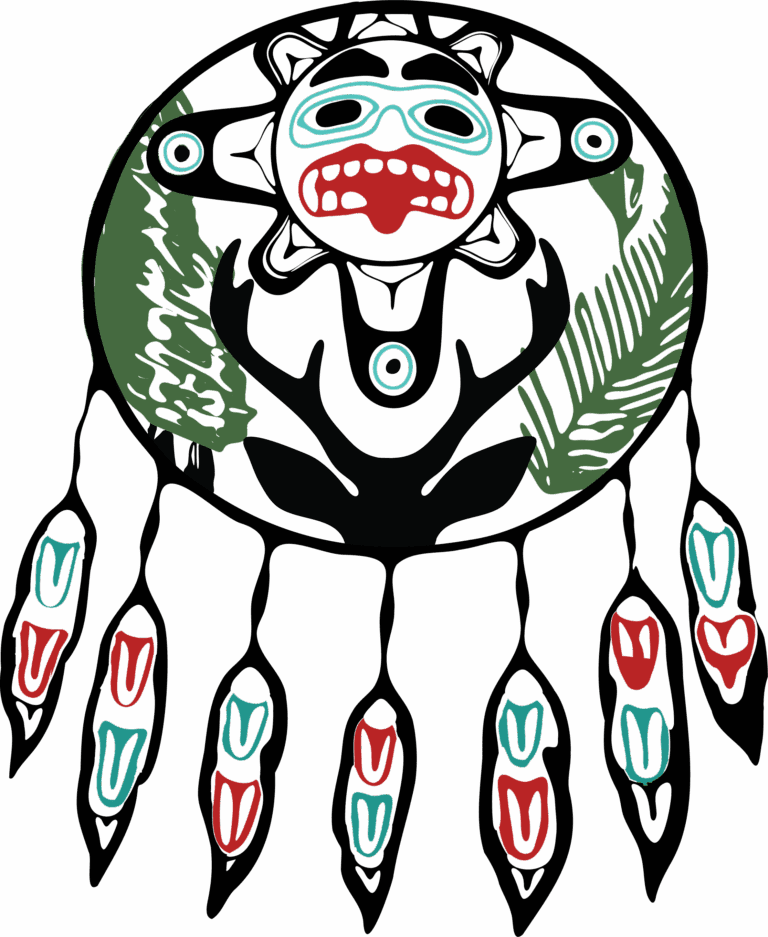A little bit about navigation!
Challenge starts June 15th and finishes June 29th

“When neither sun nor stars appeared for many a day, they gave up hope! This was a terrible handicap to them, because these ancient navigators had no compass nor any other instrument. The only way they could guide the ship was by the sun and stars. When they could not see them for many days they lost all knowledge of their whereabouts. They were drifting helplessly before a howling gale in the midst of a turbulent sea with no ideas where they were headed.”
‘God & Shipwrecks’ – Ray C. Stedman
How do animals navigate?
Wherever we look, animals seem to have a remarkable ability to find and re-find again their homes, their distant family members, where they stashed their food and their favourite southern “escape from winter” vacation spots. How do they do it?
There are multiple ways of navigation evolved in animals, such as:
- Genetics
- Mental maps
- Instinct
- Sun and Moon
- Stars
- Magnetic field of the earth
- Communication & signaling
- Ocean currents
These ways of navigation can work exclusively, but also interactively. Bats for example are using a combination of many different sensory cues – they have special cells in their brain which exchange spatial information with neurons, they also use the setting sun to navigate. Day-migrating birds, such as hawks, can tell direction by the sun and also follow major landscape features such as mountain ranges, rivers, and the ocean as they travel to and from their wintering areas. At night migrating birds rely more on low-pitched sounds made by waves crashing against the shore, on their magnetic sense using the alignment of the earth, and their instincts.
Man-made navigation systems
Humans, like many of the other animals we share our planet with, have always had a sense for direction and wayfinding. Historically, people had to travel long distances to reach harvesting grounds, game sites, and to be in contact with other human beings. Many of our early ancestors relied on keen observation skills and stories to find their way. With time, humanity eventually discovered how to use specialized tools to navigate.
The first written description of using a compass for navigation is from 1190 and was probably a magnetized needle attached to a piece of wood or cork in a dish of water.

A compass is a handy device that indicates direction (North, South, East West) relative to the Earth’s magnetic north pole. Magnetic north is the direction that a compass-needle points to as it aligns with the Earth’s magnetic field. Interestingly, Earth’s magnetic North shifts and changes over time in response to the changes in the Earth’s magnetic core. It is not a fixed point.
This DEEP Challenge will be a bit different! We want to you make your own compass and answer these questions!
- First part of the DEEP Challenge is a Q & A:
- Before we invented compasses, how did we navigate?
- When do you think humans found out that there is navigation?
- How do you think the first compass did look like?
- Can you give us a one sentence definition of what a compass is?
- Second part of Challenge is to make your own compass. You need:
– A bowl
– Water
– A cork, or a circular piece of Styrofoam
– A small round magnet, or a needle which can be magnetized by rubbing on a magnet
– Paper
– Scissors/knife
– Pen
Building instructions:
- Cut one-third off your cork, so it will float on the broader site. If you are using Styrofoam, cut out a circular piece out of the Styrofoam and make sure it floats.
- Glue a small magnet vertical on the cork, or Styrofoam.
- Fill the bowl with water.
- Lay the started compass in the water and check the directions the magnet sites are facing to with another compass, or with a smartphone (compass app).
- Write the geographic directions on your compass – North, East, South & West.
- First find out how your self-made compass actually works:
Magnetic fields are areas that contain a force created by moving electrical charges. The earth produces a magnetic field. This field is very weak, but it is sufficient to align magnetized objects, that are free to rotate. By floating the magnet on the cork, you allow it to rotate freely, so the magnet lines up with the earth’s magnetic field. It points towards the north and south pole of our planet!
You can also click here & have a look at this tutorial to make your own compass!
Take your compass, go outside & find the direction of your home & garden. Make a little map of your home and yard, with a compass navigation rose showing the geographical directions & send it to us at deep@galianoconservancy.ca!


